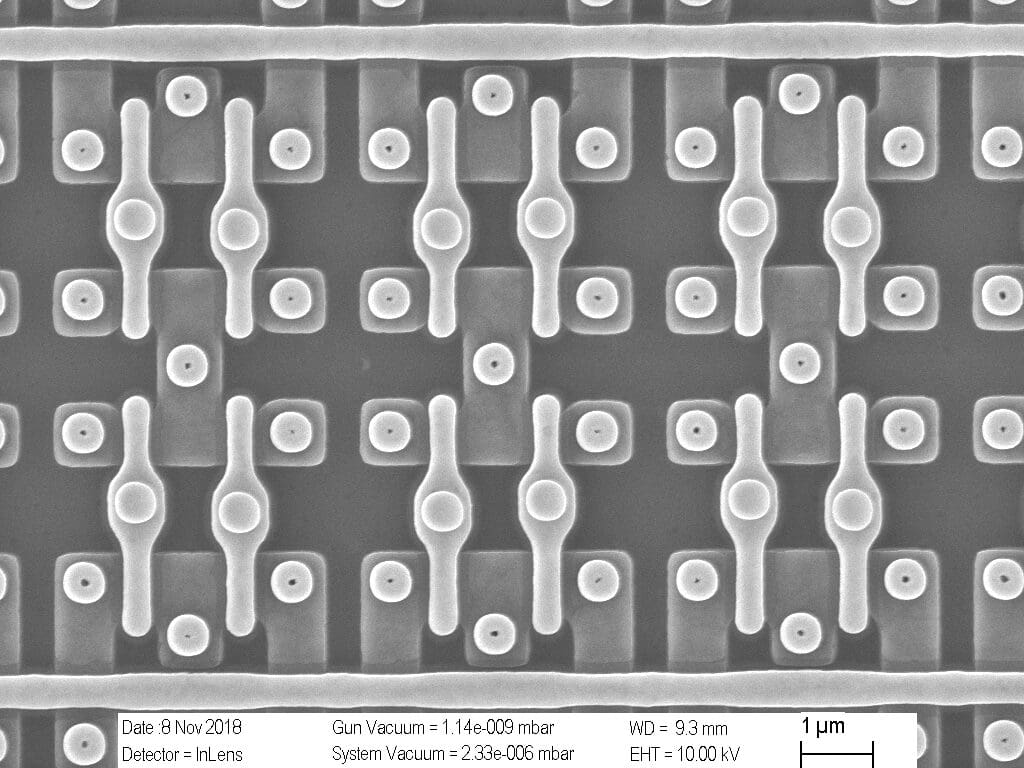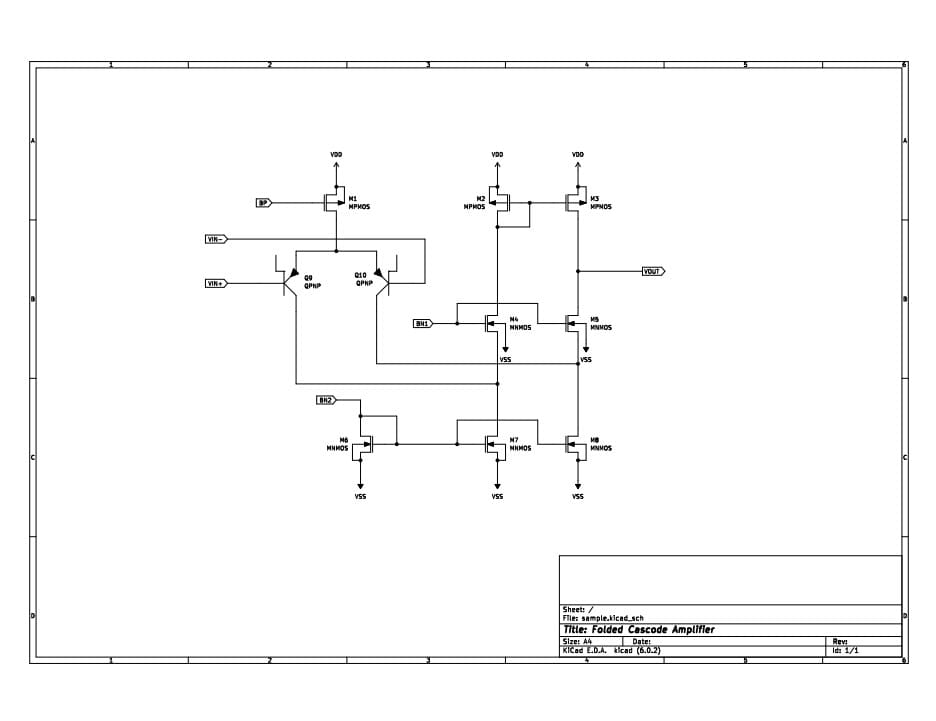Unveiling Circuit Insights
What Is Circuit Analysis?
One of the main components of Reverse Engineering is Circuit Analysis. Circuit Analysis could be as simple as identifying the functional blocks in a die architecture based on reference documents, to a thorough determination of the circuit design details through circuit extraction.
Die architecture could be created from either an in-house prepared polysilicon layer or even a back-side polysilicon layer (BSP).


Why reinvent the Wheel?
Technology companies make use of Circuit Analysis to hasten the development cycle of their products using competitive intelligence, as well as provide compelling evidence that a rival company may be infringing on its patents.
Through competitive intelligence, companies learn how a rival implements a functional circuit which then serves as a benchmark for their own products. It also lends as a credible proof when it comes to supporting patent enforcement.
A jigsaw puzzle.
Circuit extraction benefits from the in-house capability of RevEng to prepare and provide delayered samples. RevEng’s years of experience with delayering semiconductors makes it one of the few in the world that has this capability. Layers could include anywhere from top metal down to the polysilicon layer and even a substrate layer.
The layers are then imaged and stacked to form a digital representation of the semiconductor. Circuit tracing by laying down annotation per layer and in-between layers using an EDA (Electronic Design Automation) provide extractable circuit which is then entered using a schematic entry tool.


A work of art.
Organizing schematics can be as straightforward as auto-generating circuits from netlists created from the circuit annotation. However, organizing them in such a way as to be easy to understand by engineers reading them, takes skill and years of experience. This couldn’t be any truer with analog circuits. A properly organized hierarchical schematic makes it easier to match claim elements when it comes to supporting patents.
